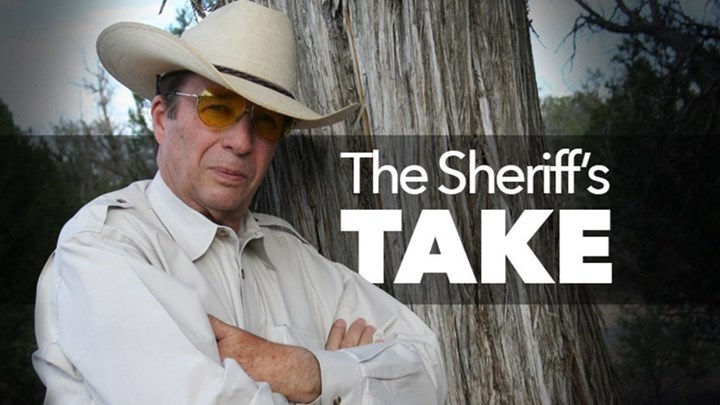
We’ve all heard clichés about assumptions, mostly sayings that criticize the act of assuming and the possible effects thereof. I’ve found it’s generally not good to assume, mostly through my own personal mistakes. In the defensive shooting world, assumptions can get you in trouble. An example of this is for one to expect to be standing with both hands free in the unfortunate event of a real shootout.
Interestingly, we train to shoot, whether handguns, rifles or shotguns, mostly from the standing position, some kneeling and prone on rare occasions with the exception of some rifle courses. During my more than 30 years in law enforcement, I spent a lot of time at the firing range, both as a student and instructor. I’ve also attended a number of shooting courses which were non-law enforcement oriented, but still taught as defensive shooting. In virtually every case, the study of shooting positions was restricted to various shooting stances, i.e., the Weaver stance, the isosceles and others. Of course, every instructor seems to be insistent that his or her stance is the best, but I believe there is a heck of a lot more to instructing defensive shooting other than concentrating on deportment.
Please don’t get me wrong here – I’m not attempting to criticize modern defensive shooting instructing or instructors. I was a firearms instructor with both New Mexico State Police and the U.S. Customs Service, Office of Investigations. I followed the rules of qualification just like everybody else. I understand it takes a while for more inexperienced shooters to become proficient and that, obviously, the standing position is the way to learn to shoot. Heck, I’ve been shooting literally all my life and still don’t like shooting from the kneeling or prone positions. It takes a lot of practice.
I believe there’s another aspect of defensive shooting that is overlooked by law enforcement departments and training facilities that should be a regular part of the routine.
After being accepted into the U.S. Customs Service, I attended the federal law enforcement training center as part of the required training. During my time there, I had the good fortune of meeting and becoming friends with Jim Cirillo. I’d heard about Jim and his exploits with the New York City Police Department for a long while and was ecstatic to get the opportunity to spend quality time with him, including shooting.
Jim had been on the stakeout squad with NYPD, and was often touted as the most experienced modern police gunfighter in the United States. Carrying a .38 Spl. revolver, Jim was in more scrapes than most law enforcement people can fathom. I’m unable recall just how many shootouts Jim told me he’d been involved in, but I’m told now that it was around twenty. He was also required to send quite a few criminals into the after life, the first being on the first day of his stakeout squad assignment.
Jim explained to me the importance of practicing shooting a handgun from various downed positions. In a gunfight, one never knows from what position from which they might be required to shoot – it certainly might not be from the upright, standing position with the luxury of using both hands.
Jim demonstrated to me a number of interesting positions from which to practice shooting. One was laying flat on your back, head towards the target, shooting upside down. This position can be practiced with both strong and weak hands. The same drill can be practiced with the head away from the target.
Several other positions were practiced, all to simulate situations that aren’t commonly practiced or considered. It is my understanding that some firearms instruction facilities are now teaching similar methods, one being Clint Smith at Thunder Ranch.
Unfortunately, we lost Jim a number of years back, but everyone serious about defensive shooting should pay attention to what he had to say. Carrying a defensive handgun, whether concealed or open carry requires a great deal of wherewithal, and carries tremendous responsibility. The user should be proficient in many ways. Jim Cirillo had many other ideas about being proficient and prepared – I’ve only touched on a few.






































